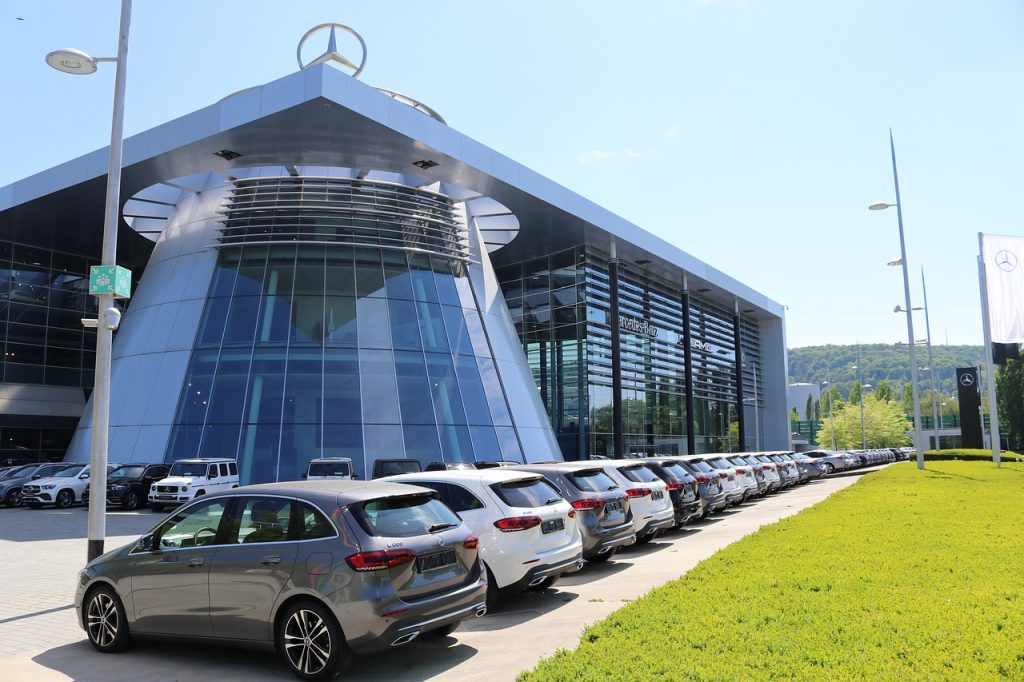Why New Cars Currently Cost An Insane Amount
If you are planning on buying a new car anytime soon expect to pay, because new cars currently cost an exorbitant amount. Here's why.
This article is more than 2 years old

Not too long ago, owning a car was a rite of passage. Something parents passed down to their kids – even if the vehicle in question was really old. And unless you lived in the middle of a bustling metropolis like Manhattan – everybody had one. Sadly, thanks to skyrocketing inflation rates owning a vehicle has never been more of a money pit. So if investors are searching for signs of a recession or weakening consumer spending, they can skip over the price of new cars which hit a new record in June, CNBC reports.
Fueled by pent-up consumer demand, low vehicle inventories, and rising sales of luxury vehicles, the average transaction price of a new car was $48,083 last month. That’s a 1.9% increase from May and higher than the previous record of $47,202 set in December, according to a report from Cox Automotive earlier this week. The average sale price was part of a broader increase in overall June spending which saw the consumer price index soar 9.1% from a year ago. That’s several percentage points above the 8.8% Dow Jones estimate, the Bureau of Labor Statistics says.
The reasons for these elevated prices can be traced back to the early days of the pandemic when a steep decline in demand led manufacturers to cut orders for computer chips that are crucial for production. As demand returned, aided by stimulus measures and people moving away from cities, manufacturers experienced a major chip shortage, a problem that hasn’t been resolved yet. As such, the price of new cars is up 12.6% compared to a year ago. And used vehicles, which experienced a spike in demand in response to the new-car shortage, haven’t provided the savings people might have hoped. Prices are up 16.1%, according to Business Insider.
As the Federal Reserve raises interest rates to combat inflation, the borrowing costs for folks interested in buying new cars also increase. And these rising payments don’t even take gas prices into consideration which remain well above where they were a year ago. There’s also car insurance, parking, and maintenance to factors which, according to a 2017 report by data and analytics company INRIX, the average U.S driver spent approximately $10,000 on. Additionally, the average maintenance transaction cost for a vehicle rose from $232 in 2019 to $259 in 2021, according to fleet management company Emkay.
One solution to the exorbitant prices of new cars is a shift toward electric vehicles. Advocates argue that EVs make owning a car more affordable due to less spending on things like fuel and maintenance. But the adoption of this trend has been very slow among the average citizen. Despite the costs, owning a car is a priority for millions of Americans. A survey by Statista even noted that 76% of the local population travel to work with their vehicle compared to the 11% that use public transportation. So for now, or until the supply chains improve, folks can expect to keep paying a ton of money for that new-car smell.



